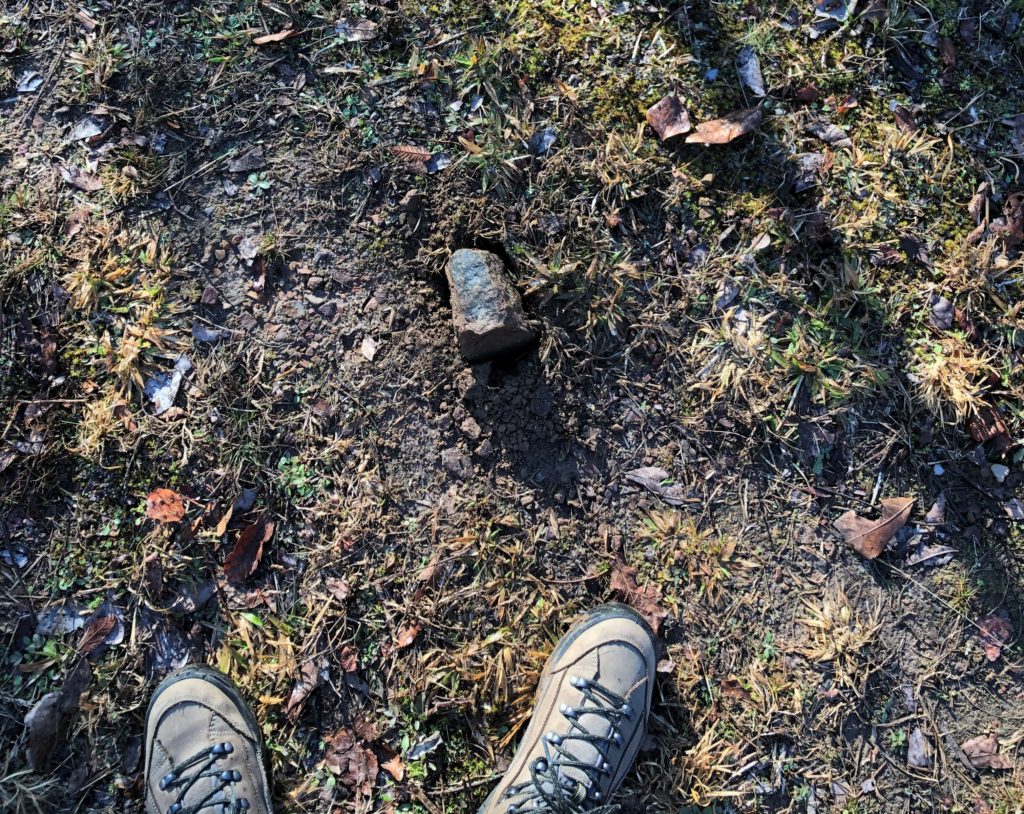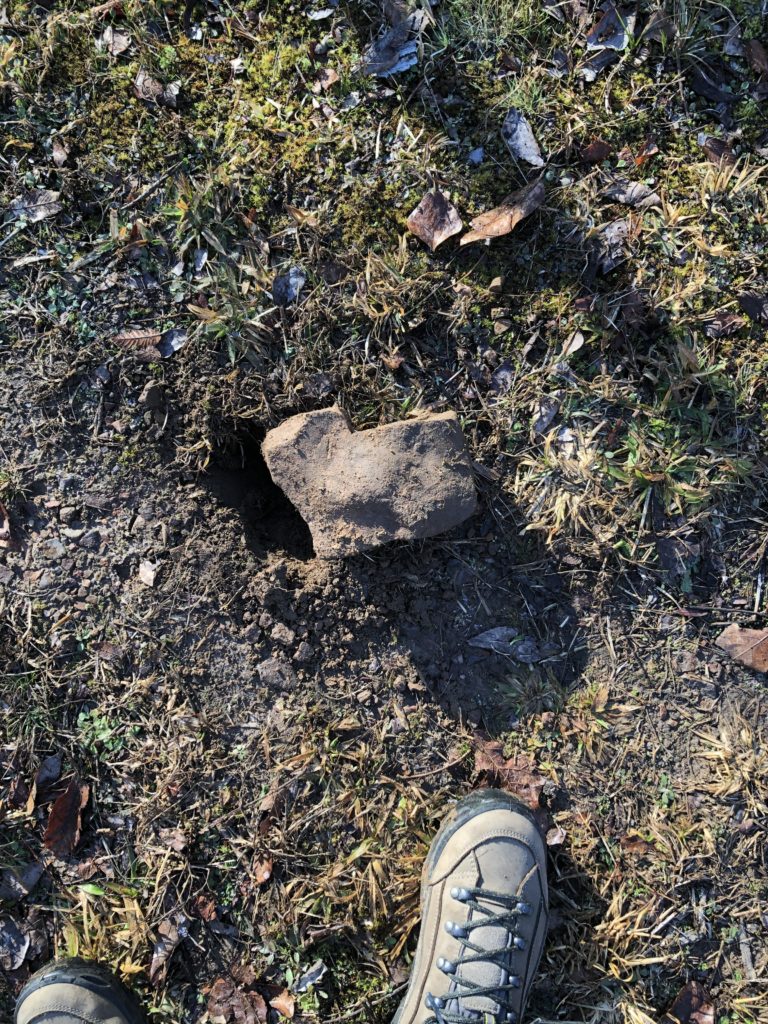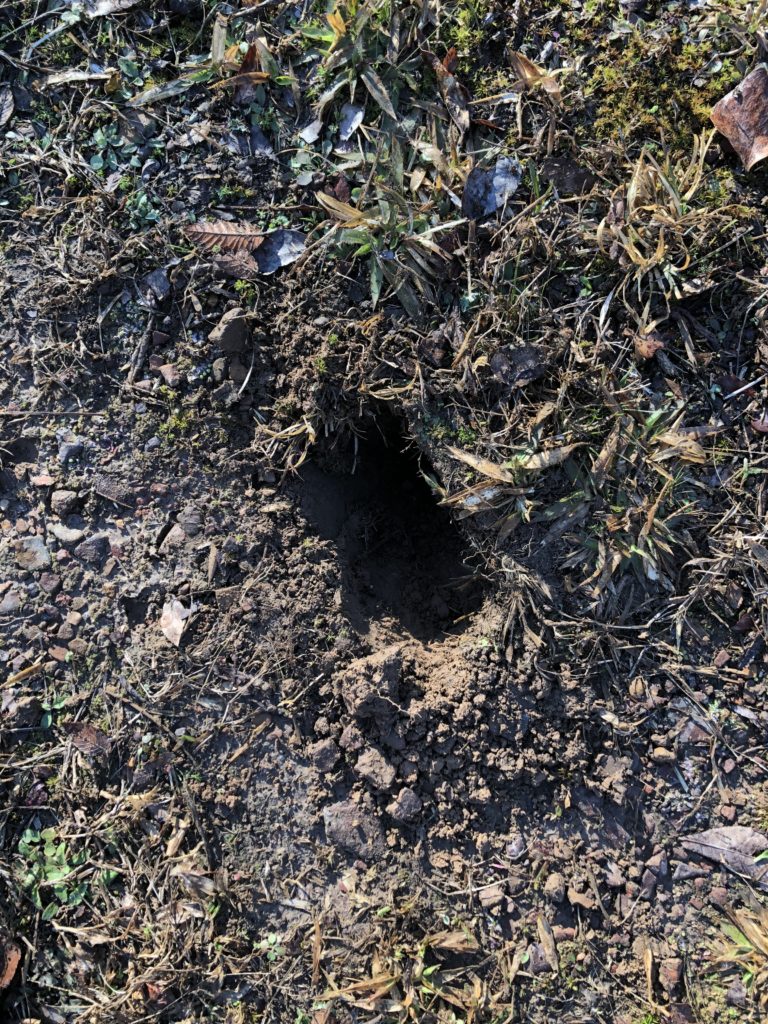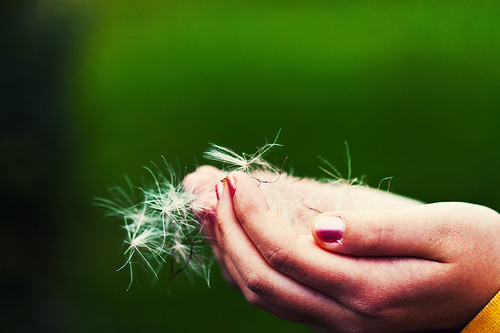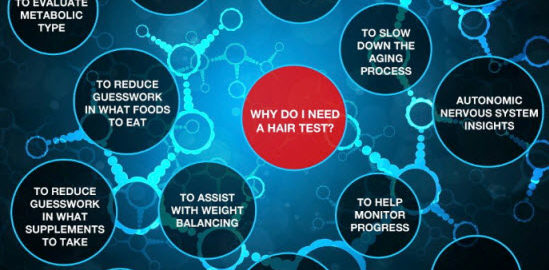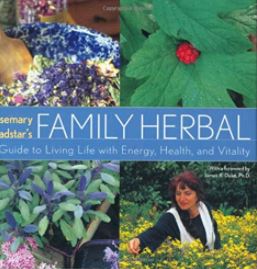This all can pertain to the virus we are dealing with also! seriously, from personal experience, this stuff works. Watch for another post about virus and illness.
TONING THE LIVER IS ESSENTIAL:
“…Cellular wastes in the returning blood will circulate around the body longer before the liver can break them down. This pollutes the Mother Ocean a bit, weakens the more delicate tissue, and excites those tissues responsible for defenses, scavenging and immunity. Mostly white blood cells, they are triggered into over activity whenever there is a build up in the blood of protein wastes (it might be an infection… they don’t know). When excited, these cells induce inflammation and send chemical messages to other defense cells in the body. These chemicals are proteins also, and with the liver deficient, they circulate too long and set up a chronic, unnecessary reaction that underlies all allergies and hypersensitivities…” Michael Moore.
An imbalanced liver goes berserk overreacting to normal protein stimuli and actually attacking its own organism. The kidneys also play an important role in the prevention and cure of asthma/allergies/hayfever. As the master filters of the body they are responsible for discharging metabolic wastes as well as environmental toxins. If not properly functioning, these wastes continue to circulate in the blood stimulating cellular hyperactivity of the liver. Though symptoms for allergies, hayfever, and asthma vary somewhat, I treat them similarly. A basic treatment plan (modified somewhat for each) includes:
- Hydrotherapy: Take hot/cold showers daily, alternating between the hot and cold water several times until both feel comfortable. This is a simple way to build general constitution and to improve circulation.
- Follow General Guidelines for a Healthy Liver (See Lesson 2) for three to four months. An excellent time to begin this toning treatment is in the fall but any season will do. Drink alteratives daily, follow dietary guidelines, drink liver flush once daily, etc.
- Take ginger/garlic syrup, one teaspoon three times daily. See recipe in this lesson.
- Take Vitamin A 25,000 units daily, preferably emulsified.
- Bee Pollen and Local Unpasteurized Honey Local pollen and honey have proven to be very helpful for many people who have hayfever. Take 1/4 teaspoon of pollen grains daily. Use local honey in your teas.
After three to four months of concentrating on building, toning and cleansing the liver, you should notice an obvious improvement in energy, digestion, and skin tone. The next organ to tone is the Kidneys. Follow guidelines for healthy kidneys and continue to do so for at least 3 months. You will marvel at how well and vital you begin to feel as your major organ systems return to balance, revitalized by the good attention and habits you are forming. When the cycle of hayfever/allergies/asthma return, your system will be so much better equipped to handle the stress. Even within the first year you should notice a marked difference in the degree of symptoms. Since so many of the imbalances lodge in the lungs, throat, and sinuses, when symptoms do occur treatment usually is focused on the respiratory system. Follow those treatments listed above under the Respiratory System that are applicable to the particular symptoms manifesting. Each year your symptoms should become fewer and fewer as you work on your entire inner ecology, building and recreating positive change. I’ve included an informative article on allergies and hay fever that was written by a highly skilled herbalist and friend from Sonoma County. A loved an respected teacher, Bhavani died a few years ago o cancer. Her healing work and her teachings continue to affect others. This article is reprinted from The Well Being Community Calendar
HOW NOT TO GET HAY FEVER THIS YEAR
by Bhavani Worden
Hay fever is an allergic reaction to substances (foreign proteins) in pollen that enter the blood through the mucous membranes by breathing. This unpleasant reaction indicates a breakdown of function within any or all of four systems in the body. By working on these areas in advance, you can be free of hay fever reactions this same year.
The areas involved are
- The adrenals these two tiny glands above the kidneys have as one of their jobs the production of hormones which render foreign proteins harmless.
- The liver the healthy liver detoxifies the body, preventing a harmful reaction.
- The digestive system efficient digestion is necessary to avoid build-up of protein substances in the bloodstream, which cause symptoms.
- The mucous membranes healthy mucous membranes do not allow foreign proteins to enter the bloodstream.
THE ADRENALS AND STRESS
Since hay fever is an allergic response, it has in common with other allergies a failure of defense mechanisms in the face of stress, and a resultant flooding of the body with toxins. A healthy body can neutralize toxins. The adrenal cortex should release natural cortisone to destroy white blood cells and thus inhibit inflammation, and a hormone called aldosterone to fight stress and prevent fatigue. Certain nutrients are required in order for the adrenals to produce hormones. When these nutrients are undersupplied for a long time, the adrenals atrophy and must be rebuilt. Protein is very important in overcoming hay fever. Vegetarians can increase their daily consumption of protein by combining foods to make whole proteins, using the charts in Diet for a Small Planet. It is also important to be aware of the many nutrients that enhance the utilization of protein in the body.
Among them are:
- Potassium, (also good for strengthening adrenals)good sources are apples, potatoes and bananas as well as green leafy vegetables Mullen leaf and licorice root are high potassium herbs.
- Magnesium; abundant in raw wheat germ, molasses, almonds and many fruits and vegetables, but often deficient without an amino acid calcium-magnesium supplement.
- Zinc (carried out of the system by the physic acid in the germ of whole grains, thus often undersupplied in a grain-based diet) is present in seaweeds, nuts, seeds and meat, but often needed as a supplement; again, best absorbed if amino acid chelated. (White spots on fingernails indicate a zinc deficiency.)
- Vitamins B2 and B6 taken preferably as part of a balanced B vitamin supplement program, but even taken alone will help temporarily with protein breakdown.
- B vitamins – are essential for the general health of the adrenals, and can effectively guard against allergic reactions. The B vitamin pantothenic acid is directly related to the production of natural cortisone. A deficiency of pantothenic acid can be inherited, which is why people with hay fever often have at least one child with hay fever or other allergies. Any kind of stress, including rapid growth, illness or exposure to toxins (including pollens, etc.) can suddenly increase the requirement for pantothenic acid. Because this B vitamin is necessary for producing hormones needed to change sugars and fats into energy, a deficiency makes one very susceptible to low blood sugar, which in its extreme manifestation is know as hypoglycemia. Although brewers or nutritional yeast is an excellent source of both B vitamins and protein, it is deficient in pantothenic acid. As a result, taking yeast may make hay fever worse, or hasten the onset of symptoms as the season approaches. If you take a complex supplement, it should contain equal pans of B1, B2 and B6, but twenty times as much pantothenic acid (e.g., for every 10 mg. B 1, you need 200 mg. pantothenic acid). This will avoid creating a deficiency. Since this proportion is virtually impossible to buy in one pill, hay fever sufferers can supplement the complex with a high quality sustained release pantothenic acid tablet.
A FORMULA TO USE IN HIGH STRESS MOMENTS
- As an allergic or hay fever attack is beginning to occur: take 1 gram (1,000mg.) high quality Vitamin C (ascorbic acid with bioflavanoids), 300-600 mg, sustained release pantothenic acid, 1 amino acid chelated calcium-magnesium with 200 mg. calcium, 100 mg. magnesium. This combination gives immediate support to the adrenals in their attempt to produce cortisone, and to the entire system in its detoxification effort. If the system is already slowed down by the time you get around to taking this formula i.e., the allergic reaction has begun, the mucous membranes are inflamed, the digestion has slowed, the blood sugar level has dropped, and fatigue, irritability, headache or depression have set in then it would be wise to crush the tablets and mix them with yogurt to ensure their efficient digestion.
- Don’t use pantothenic acid without balance of other B vitamins too often when it’s not really needed. After you overcome the initial deficiency, excess pantothenic acid will create deficiencies of other B vitamins in this case especially B1.Some symptoms of a B1 deficiency are constipation, intestinal griping, insomnia, fatigue, and numbness of feet and hands. If you already have these signs, then build up with a balanced B-complex, adding the extra pantothenic acid instead of taking any B vitamins alone. Only use the stress formula in cases of emergency. It will work. If it doesn’t maybe you have an ineffective brand of C or of pantothenic acid. Don’t buy the cheapest.
- Linoleic Acid, an essential fatty acid found in unrefined vegetable oils such as soy, sesame and safflower (but not olive), is needed to produce adrenal hormones, as well as to synthesize pantothenic acid in the intestines.A deficiency of vitamin B6 will make it difficult to utilize linoleic acid; a deficiency of linoleic acid will make it possible for cholesterol to build up dangerously. Three teaspoons daily of raw unrefined oil will cover this area in the diet. You can include mayonnaise if you make it with these oils; unhydrogenated peanut butter or sesame butter. You can sprinkle sesame oil on steamed vegetables, use oils to make your own salad dressings, and add oil to butter in a blender or with a fork (1 cup safflower oil to 1 pound butter).
- Iodine is necessary to produce thyroid hormone, which keeps up the rate of metabolism, controlling the speed of body activities.An undersupply of thyroid hormone results in exhaustion, a feeling of coldness, and susceptibility to colds. Seaweed, sea salt, or iodized salt (which contains added chlorine and sometimes sugar) are the only reliable vegetarian sources of iodine. The herb sarsaparilla contains some iodine. A teaspoon of kelp powder supplies a day’s need of iodine, as well as many other needed nutrients. Kelp tablets are not as good to take, as they are overly concentrated. Including seaweeds, especially kelp and dulse, in the daily diet is better.The Sodium-Potassium balance is of great importance in treating hay fever. Aldosterone is another adrenal cortex hormone which is produced by healthy adrenals under stress. It causes the body to retain more sodium than usual thus increasing the blood pressure, and forcing nutrients into the tissues to meet the demands of stress. When the adrenals are undernourished, aldosterone is not produced and fatigue and exhaustion accompany every stress. Because insufficient sodium is retained, too much water gets into the cells, resulting in a stuffy nose, watery eyes and swollen tissues.
- Salt overuse is in the background of many hay fever sufferers.Too much salt produces inflammation of the mucous membranes, weakening them and diminishing their ability to protect against invasion by foreign particles. Overuse of salt also overstimulates the adrenals, contributing to their eventual exhaustion and inability to produce hormones. When aldosterone production ceases, there is no internal regulator of the sodiumpotassium balance.
- Learning to balance sodium and potassium in the diet is one of the most interesting aspects of nutrition, but too long to go into in this article.It is the study of yin and yang, and covers the principles upon which traditional macrobiotics is based. But for the present, and in relation to hay fever, we should concentrate on organic forms of sodium, such as in zucchini, celery, carrots, beets and seaweed. Some herbs which are high in sodium are fennel seed, meadowsweet and nettles. Meat-eaters get plenty of sodium from meat. Nourishing the adrenals as outlined above will insure an adequate production of aldosterone, whose job is to regulate the sodium-potassium balance.
- In summary, then, the important things to do to insure production of adrenal hormones are:Increase protein intake and utilization. Fortify the body with B vitamins (now) and prepare the stress formula for hay fever onset (later). Make sure enough raw oils are included in every day eating. Add iodine to your diet and cut out excessive salt intake while adding natural forms of sodium.
These changes are not easy, and may not be possible for everyone to accomplish quickly, but they will change your life totally, adding much enjoyment and good health in unexpected ways.
THE LIVER AND TOXICITY
When a foreign protein (in this case pollen) gets into the bloodstream, the body, if it has any resistance at all, produces antibodies to denature it. The interaction between these antibodies and the protein produces a byproduct, histamine, which is toxic to the tissues. Histamine produces blood vessel dilation resulting in flushing; contraction of air passages in the lungs, causing wheezing; and tissue swelling in the nose, lungs and around the eyes. Histamine makes capillary walls more permeable, allowing waste material from the blood to enter the cells and cause toxicity, resulting in allergic reactions.
It is the job of the liver to deactivate poisonous substances, even when they are produced in the body itself. The healthy liver produces an enzyme called histaminase which serves as a natural antihistamine. If the liver is clogged with fats or accumulated toxins, it cannot produce histaminase. Cleansing the liver is another lengthy subject, but there are many good tips in Dr. Beiler’s book, Food is Your Best Medicine.
The main thing to concentrate on in this context is eating clean. Avoid any additives, such as M.S.G., nitrates, artificial food colors or flavors, chemically grown or sprayed foods (including grains), processed oils or refined flower. Stay away from sugar, coffee and alcohol, as well as spices, all of which overstimulate the adrenals, lower resistance and increase fatigue and mucus by acidifying the blood. Eat antacid foods such as sprouts, honey, yogurt, millet and buckwheat. Avoid drinking while you eat. Breathe deeply whenever you remember to. All these things prevent acidity. Use whole grains, vegetables and tofu or aduki beans as a base for your diet, adding seaweed, fish or meat, organic fruit, raw dairy products and honey in small quantities.
Minimize environmental toxins as much as you possibly can by using propane or any gas as little as possible, opening windows to keep the air fresh, by fixing exhaust leaks in your car to minimize fumes, by cutting down on canned foods packed in tin and sealed with lead, by avoiding commercially prepared cosmetics, and any other ways you can think of.
In regard to histamine as a toxin, red wine is naturally high in histamine, so you may want to avoid it altogether, or at least test it to see if it provokes an allergic reaction in you. Pantothenic acid, vitamin C and vitamin E have all been shown to reduce the production of histamine under stress, in some cases by up to 50%. Taking the strain of continual detoxification off the tired liver will help it to cleanse itself, and thus make it more likely to come through when needed to help you during hay fever season.
PROTEIN AND THE DIGESTIVE SYSTEM
Many people who suffer from hay fever have been found to have a poor capacity to digest starch and protein. Many hay fever sufferers find that grasses in food affect them as negatively as grass pollens inhaled. Examples of foods from grasses which may trigger allergic reactions are wheat and hard liquor, both of which have been shown to be related to depression and extreme fatigue. Undigested protein and starch produce putrefactive bacteria in the intestines. These bacteria change the amino acid histidine into histamine, thus triggering the toxic reaction. The only food I know of that is very high in histidine is the radish, which, I suppose, is why so many people find it indigestible. Another side effect of undigested protein is that parts of it make their way into the bloodstream, where they act as foreign proteins just as effectively as does pollen.
Increasing the intake of B vitamins will help this digestive problem greatly, especially if B-complex deficiency symptoms are making themselves known – e.g., low energy, irritability, troubles with health of hair, skin, eyes or mouth, ridges on fingernails, etc. It is often necessary to add digestive enzymes to the regime if the deficiency is severe and/or long-standing.
Taking a tablespoon or two of plain acidophilus yogurt after each meal aids the digestion; so does eating alfalfa sprouts, miso soup and seaweed. Chewing food thoroughly and avoiding drinking with meals will also help
MUCOUS MEMBRANES AND CELL MEMBRANES
Hay fever is defined as inflammation of the nasal mucosa. It usually develops only after the sinus and nasal mucous membranes have atrophied. Healthy mucous protects all the organ linings from invasion by bacteria; when this healthy mucous is not being produced, the membranes are vulnerable to irritation by friction and by germs, and this irritation results in an uncontrolled increase of mucous flow.
Because the cells of the mucous membranes are completely renewed every thirty days, there is a fine opportunity to have some real effect on this system. With a few months head start, your nasal mucous membranes can be completely rebuilt by hay fever season!
The membranes surrounding the cells in the rest of the body also deserve consideration. Their function is to discriminate very finely between different substances, and to hold firm in their decisions as to what should enter the cell and what should go out of the cell. The healthy cell membrane has just the right degree of permeability to prevent toxins from entering, to let nutrients in, and to let all waste products (toxins also) out. If the membranes weaken and leak, nutrients such as protein and B vitamins will never reach the interior of the cell where they are needed, waste products of metabolism will remain to poison the cell, and foreign proteins such as pollen will gain easy access to the heart of the cell where they can do much damage and trigger symptoms.
The same three vitamins are implicated in these two areas, rebuilding mucous membranes and strengthening cell membranes. Vitamin A is used to strengthen mucous membranes, to increase cell membrane permeability, to digest protein, and to aid hormone production. During this season, 10,000 to 25,000 I.U.’s should be taken daily with vitamin D included. Some people have had unpleasant symptoms of vitamin A overdose it can be toxic, especially if there is liver damage but any toxicity is immediately canceled out by taking more vitamin C (a 1,000 ma. or 1 gram dose when symptoms first occur and again if they show any sign of returning). Some of these symptoms are loss of appetite, nosebleed, headache and painful joints.
Vitamin A cannot be stored in the body without destruction unless there is sufficient vitamin E; some hay fever sufferers found that if they took A and C daily from January to April (without changing anything else in their diet, etc.), they were almost completely symptom free later in the year. Vitamin E is needed for the utilization of linoleic acid, for cell membrane permeability, and for the oxygenation of red blood cells. It has been shown to have antihistaminic properties and to put a stop to allergic reactions such as hay fever. It is more effective when taken before irritation than after symptoms begin. Try taking 800 I.U.’s mixed tocopherol daily, after a meal, before hay fever season begins. If you’ve ever had heart damage (e.g., a murmur) or high blood pressure, start slow on vitamin E. Make sure it’s mixed tocopherol, not alpha with mixed, and take 100 I.U. a day for a few weeks, then build up slowly 100 at a time.
Vitamin C is important for many, many functions relating to allergy and hay fever. Perhaps the most crucial is that it binds foreign proteins and, in its capacity as a diuretic, carries them out of the body. It can bind any toxin, even the toxins produced by incomplete digestion of food, which would otherwise cause gas. So the higher the level of toxin load, the more C will be needed. It cannot be stored in the body, so the really heavy doses will be needed later when the pollens begin to be a problem.
Additionally, vitamin C is necessary for the production of cortisone and histaminase, as well as for cell membrane permeability. It stimulates the growth of the benign bacteria which produce B vitamins in the intestines. Any kind of bleeding, including bruising or bleeding gums, is usually the first sign of vitamin C deficiency. Excessive urination is the first sign of tissue saturation, but this excretion of C can be avoided if a small dose of calcium-magnesium (preferably amino acid chelate) is taken with the vitamin C. Take as much C as you can without excreting it; if you ignore the first sign, excessive urination, it will be followed by diarrhea, which will cause the loss of many more nutrients, so beware. Excessive urination will also cause your B vitamins to be excreted. Take at least 2,000 ma. (2 grams) of C every day with bioflavanoids, and more during hay fever season. When under any stress, increase the number of doses during the day.
There are many herbs which can help to tonify the mucous membranes and thus help you to avoid hay fever. Mullein leaf and flower are especially useful, even more so if they grow around you. The minerals potassium, sulphur and calcium phosphate are all contained in mullein, and can all be used against hay fever. Mullein has been used to strengthen mucous membranes, glands, bowels and inflamed nerves. It is very good combined with comfrey root.
Many people have found that eating one fresh raw comfrey leaf every day is sufficient to keep them from ever having hay fever again. Comfrey is a very powerful herb, and is high in calcium, potassium, phosphorus, vitamins A and C and many trace minerals. It is healing to almost any part of the body if taken regularly, but seems most effective against hay fever if eaten raw.
Calendula (marigold) is a good herb to build up the mucous membranes, as is slippery elm. Golden seal is used to balance mucous secretions and ginger is added to other herbs to aid in eliminating excess mucous e,g., plantain for the head and sanicle for the throat.
information in this article is taken from my lessons with Rosemary Gladstar

